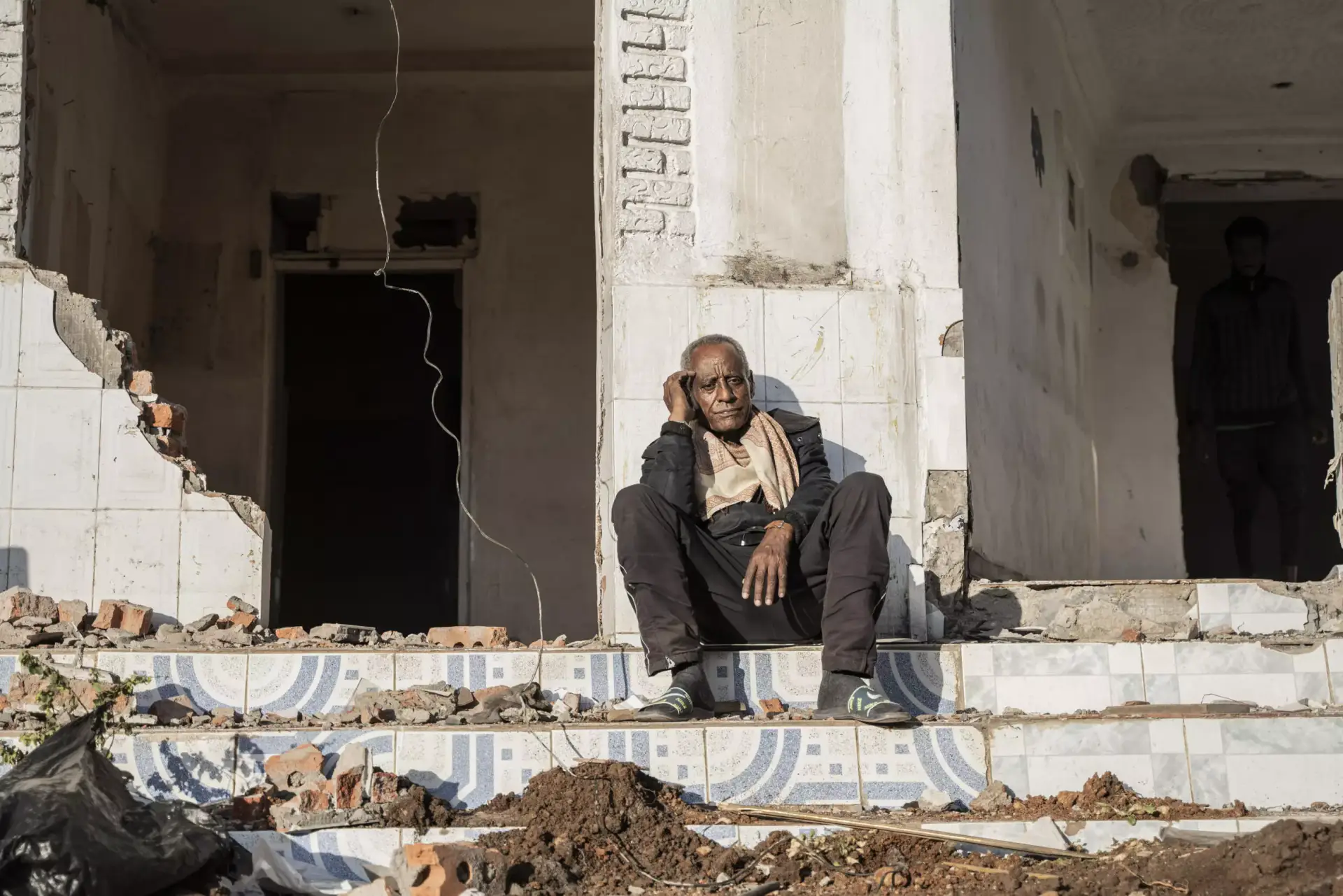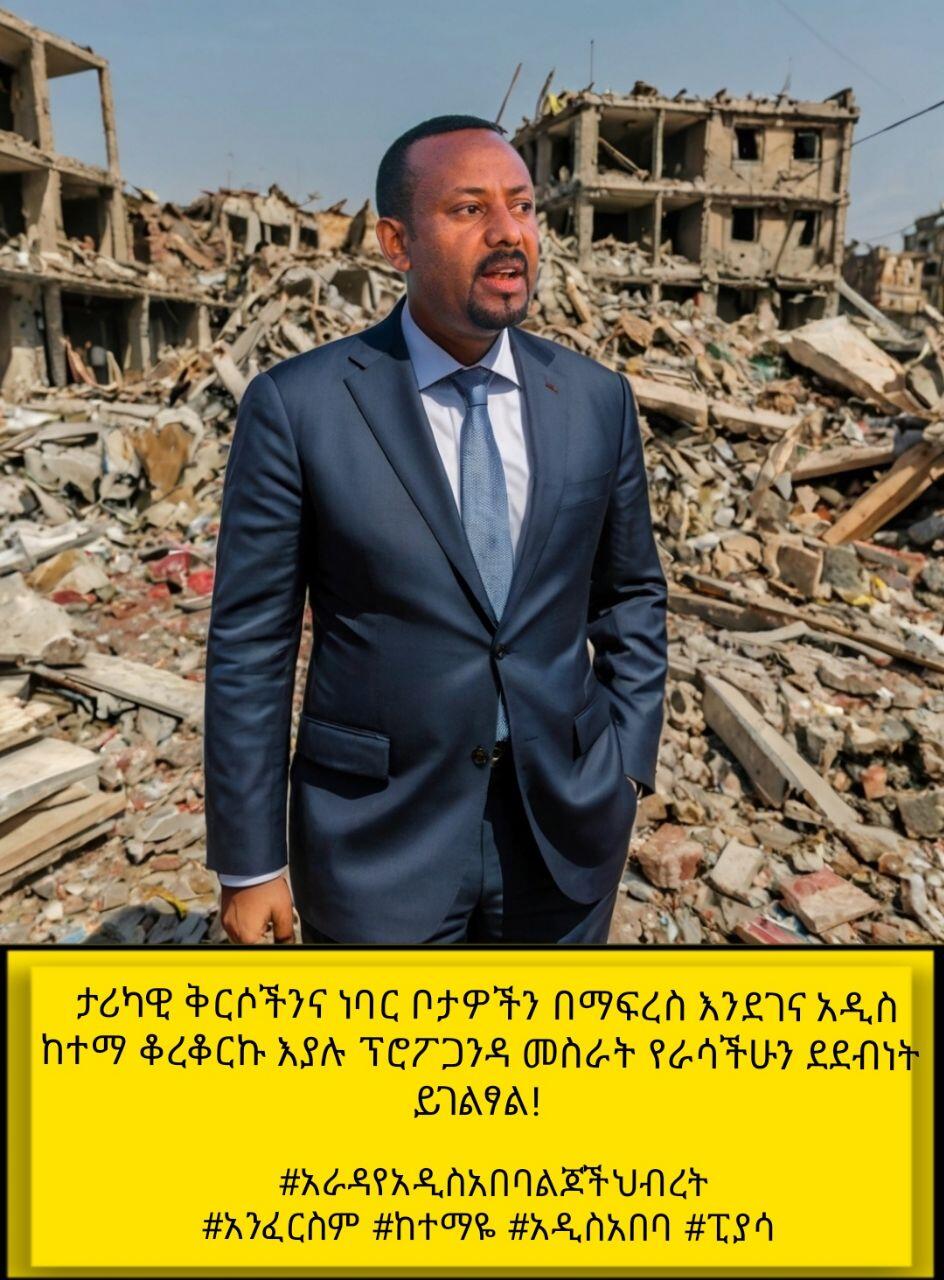 Addis Ababa: A Shattered City with Fragile Hopes
Addis Ababa: A Shattered City with Fragile Hopes
Addis Ababa, the capital of Ethiopia, stands as a city that has seen dramatic transformation, evolution, and turbulence throughout its history. Known as the “Political Capital of Africa” for being the headquarters of the African Union, Addis Ababa holds a deep historical and cultural significance. Yet, the story of this city is one of contrasts — a city that once symbolized hope, unity, and prosperity for its people, but has also witnessed the erosion of its heritage, the scattering of its population, and a growing sense of uncertainty for its future.
A Glimpse into History and Rise
Addis Ababa was founded in the late 19th century by Emperor Menelik II, a visionary leader who sought to modernize the country. The city’s name, which means “new flower” in Amharic, symbolized the hope and promise of a new beginning for the Ethiopian people. Over the decades, Addis Ababa grew from a small settlement into a vibrant hub, hosting diplomatic missions, international organizations, and serving as a center for political, cultural, and economic activities. It became the embodiment of Ethiopia’s rise — a symbol of independence and sovereignty at a time when much of Africa was still under colonial rule.
But Addis Ababa’s rise was also intertwined with the struggles of the country. The establishment of the EPRDF (Ethiopian People’s Revolutionary Democratic Front) and its long rule was marked by promises of development and progress. However, the true sources of financial growth during this period often came at the expense of the people, with the state’s control over resources, forced relocations, and the exploitation of the city’s land to fuel large-scale construction projects. While the skyline of Addis Ababa became adorned with beautiful buildings and infrastructure, much of this wealth was not shared equally among its people.
Cultural Erosion and Urban Displacement
Once a city with rich, diverse neighborhoods such as Piassa, Afincho Ber, Kebena, and the historic Old Kasanches, Addis Ababa is today unrecognizable to many who grew up in these areas. The urbanization policies over the years have led to the destruction of these vibrant cultural landmarks. Piassa, once a bustling center of commerce and social interaction, now stands as a reminder of a lost era. Kebena, a district with deep cultural roots, has been replaced with modern constructions, while Afincho Ber and Kasanches have been overshadowed by new developments that are far removed from the character and spirit they once embodied.
The people who once lived in these areas have been scattered, displaced, and pushed to the peripheries of the city. The poor, who once found a place of community in Addis Ababa, now find themselves in the margins. The city that once felt like a home for all is increasingly out of reach for those who struggle to survive. The rapid urbanization has not created opportunities for the poor; instead, it has widened the gap between the rich and the impoverished. There seems to be no space left for the poor, no place for them to feel a sense of belonging. The city’s ongoing development has become a symbol of inequality, where the rich continue to grow wealthier, while the majority are left to suffer in silence.
A City in Mourning: The Silent Deaths

Addis Ababa is a city filled with sadness, and its streets are burdened with the weight of untold stories. The politics of the Oromo, in particular, have left deep scars in the city’s soul. As political unrest, protests, and violence have swept across Ethiopia, Addis Ababa has not been immune. People have been lost to the chaos, and many have died in silence, their deaths largely ignored or unacknowledged by those in power. The political forces that shape the nation have only fueled the pain, as people in Addis Ababa bear witness to the growing divide and turmoil.
The city, once a beacon of unity for the Ethiopian people and the African continent, has become a place where the light of hope is fading. The loss of respect for the past, the loss of culture, and the uncertainty about the future have left many feelings disconnected from their roots. The traditions that once gave the city its unique character have been eroded, leaving behind only shadows of what once was. The rich, vibrant cultures of Addis Ababa’s communities now seem distant memories, overshadowed by the demands of modernity and the loss of the old ways.
Unrealistic Hope and Lies: The Prime Minister’s Promises
Amid this uncertainty, the Prime Minister of Ethiopia, Abiy Ahmed, has repeatedly spoken of hope and prosperity — promising a brighter future for the country and for Addis Ababa. But these promises, which have echoed throughout his tenure, have been marked by repeated disappointments and empty rhetoric. The rapid changes in the city have not translated into real improvements for the people, especially the poor and displaced. While the government points to the city’s shiny new buildings and economic growth, the reality on the ground is far different. The poor continue to struggle, the displaced remain forgotten, and the city feels more divided than ever.
The Prime Minister’s speeches have become a source of frustration for many, as his hopeful words seem disconnected from the realities that the people face. There is a growing sense of betrayal, as the promises of a prosperous future seem increasingly unrealistic, and the lies become harder to ignore. The new generation, once full of hope and potential, is increasingly disillusioned, watching as their city crumbles beneath the weight of political instability and a lack of true progress.
Looking for the Future Amidst the Ruins
Addis Ababa’s people now look towards the future, yet they do so with a sense of loss. The city, with its modern buildings and sprawling skyline, promises a future filled with opportunities, yet the pain of the past is always lurking in the background. People look at the new construction, the gleaming towers, and wonder: will this be enough to heal the wounds of a city torn apart by politics, displacement, and inequality?
Despite the beauty of the city’s buildings and the promises of a better tomorrow, Addis Ababa remains a sad, crying city, still mourning the loss of its cultural landmarks and its sense of unity. The disrespect for the past, the displacement of its people, and the destruction of its culture have left the city in a state of deep uncertainty. The future is unclear, and the hope for a better tomorrow is tempered by the silent death of so many innocents, who have suffered in the shadows, forgotten by the very systems that should protect them.
